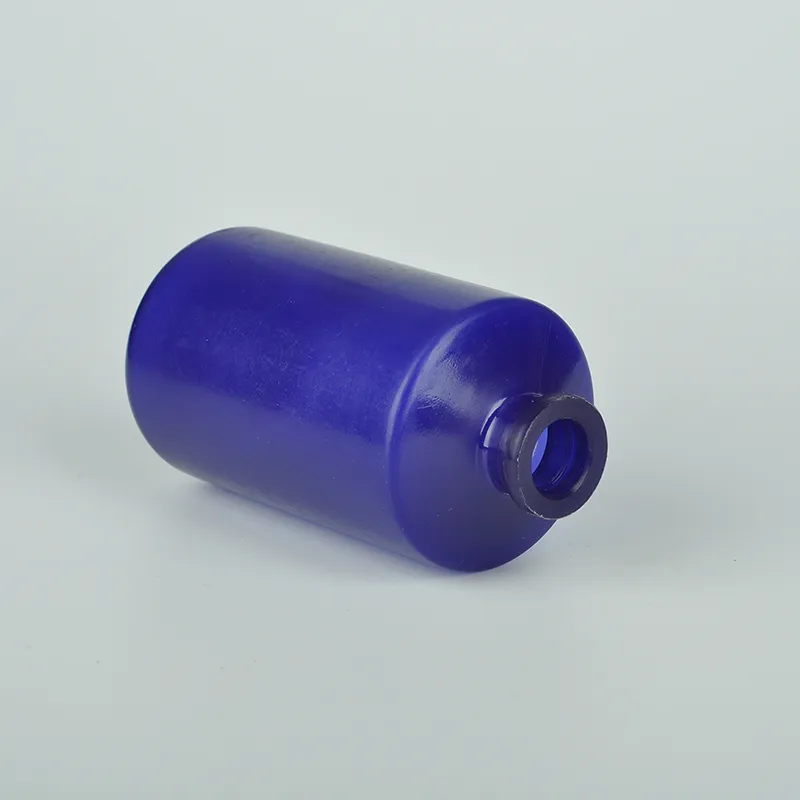https://www.wahmg.com/)">
Eye Dropper Bottle for Ophthalmic Solutions and Medication Application
Eye Dropper Bottle for Ophthalmic Solutions and Medication Application
The Importance of Ophthalmic Bottle Droppers in Eye Care
Ophthalmic bottle droppers are essential tools in the field of eye care, designed specifically for administering eye medications with precision and safety. From managing chronic conditions such as glaucoma to treating infections, these devices play a crucial role in ensuring effective therapeutic outcomes for patients. In this article, we will explore the features, benefits, and considerations associated with ophthalmic bottle droppers, emphasizing their significance in ocular health.
Design and Functionality
Ophthalmic bottle droppers are meticulously designed to provide controlled dispensing of liquid medications. Typically made of high-quality plastic or glass, these bottles are equipped with a built-in dropper that allows users to dispense a consistent drop size. This feature is critical, as dosage accuracy is paramount in ophthalmic treatments; too much medication can irritate the eye, while too little may be ineffective.
The narrow neck of the bottle helps prevent contamination while facilitating easy opening and closing. Many ophthalmic droppers also come with special tips to minimize the risk of spillage and ensure that the medication is delivered directly to the desired location in the eye. Innovations in design, such as sterile packaging and tamper-proof seals, further enhance the safety and efficacy of these delivery systems.
Applications in Eye Care
Ophthalmic bottle droppers are utilized in a wide array of eye conditions. They are the primary means of delivering topical medications for conditions including dry eye syndrome, conjunctivitis, and cataracts. For those suffering from chronic conditions like glaucoma, precise and consistent dosing is crucial to manage intraocular pressure and prevent vision loss.
Moreover, these droppers are often employed during post-operative care following eye surgeries, where specific medications need to be administered to support healing and reduce the risk of infection. The ability to deliver targeted treatment directly to the surface of the eye makes ophthalmic droppers indispensable in clinical practice.
ophthalmic bottle dropper

Benefits of Ophthalmic Droppers
The advantages of using ophthalmic bottle droppers extend beyond just dosage accuracy. First and foremost, they offer convenience. Patients can easily self-administer medications at home, ensuring that they stay on schedule with their treatment regimen. This ease of use promotes better adherence to prescribed therapies, significantly improving outcomes.
Furthermore, the design of these droppers often allows for multi-dose applications, meaning a single bottle can be used for numerous applications, thereby enhancing cost-effectiveness for both patients and healthcare providers. Also, innovations such as preservative-free formulations are now available, catering to patients who may have sensitivities to certain preservatives commonly found in eye drops.
Considerations for Safe Use
While ophthalmic bottle droppers are beneficial, proper usage is essential to ensure safety and effectiveness. Patients must be educated on how to use them correctly, which includes instructions on hand hygiene, avoiding contact with the eye or other surfaces to prevent contamination, and ensuring the medication is within its expiration date.
Additionally, patients should be advised on the importance of storing these medications correctly, typically in a cool, dry place away from sunlight. Regular follow-ups with healthcare providers are essential to monitor the patient's response to treatment and make necessary adjustments.
Conclusion
In summary, ophthalmic bottle droppers are vital instruments in the management of various eye conditions, offering a reliable method for dispensing medications. Their design, functionality, and ability to promote patient independence in managing ocular health highlight their role in modern eye care. As technology continues to advance, the evolution of ophthalmic dosage forms promises to enhance patient outcomes and facilitate better overall eye health management. By prioritizing patient education and adherence to usage guidelines, healthcare providers can maximize the benefits of these essential tools in eye care.
-
Wholesale Plastic Juice Bottles with Caps 16 oz Options Available Bulk Packaging SolutionsNewsJun.10,2025
-
Laboratory Apparatus Reagent Bottle – Durable & Chemical Resistant Bottles for Safe StorageNewsJun.10,2025
-
Squeezable Dropper Bottles Durable, Leak-Proof & CustomizableNewsMay.30,2025
-
Affordable Plastic Petri Plates Sterile & Disposable Lab-GradeNewsMay.30,2025
-
Eye Dropper Caps Precision 24/410 & Plastic Bottle-Compatible TipsNewsMay.30,2025
-
Affordable Mini Spray Bottle Price & Wholesale Deals Shop NowNewsMay.29,2025





















